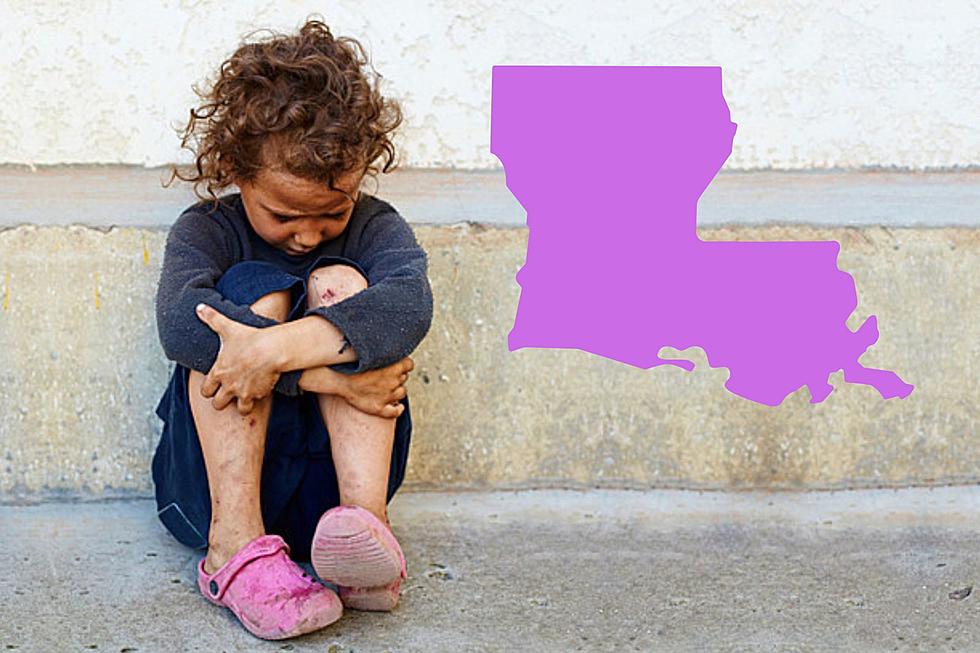
How To Help Child Cope With Loss Of Family Pet
Terrible afternoon for me yesterday. My wife, Julie, called me to let me know that Blue had been run over and killed. Blue was actually my father in law's dog (named for his beautiful blue eyes) but since he was a puppy, he'd adopted me and my family and essentially moved in with us. Great dog, great disposition, but terrible habit for chasing people riding by on bicycles. Turns out it was a lethally bad habit.As we dug his grave, we continued to wipe away the flood of tears, and Julie said some really kind words as we put Blue in his final resting place. More tears came later as both the 9 year old, Colt, and 13 year old, Craig, just couldn't seem to shake the empty feeling that Blue's passing had left. Maybe you've gone through the same thing with your kids? I found a great resource to help us and it can help you when/if this time arrives in your home. At PetPlace.com I found some great wisdom. Hope you never need it, but if you do, here you go:
A child's ability to understand what death means depends on his/her emotional and cognitive development, but outlined the generally understood guideline of how children perceive death and dying:
Under 2: A child can feel and respond to a pet's death, based on the reaction of those around him or her. A child picks up the stress felt by family members, no matter what the cause.
2 to 5: The child will miss the animal as a playmate, but not necessarily as a love object. They will see death as a temporary state – something like the way leaves fall off a tree in fall but grow back in the spring. As they perceive the trauma around them, however, they may regress in their behavior (e.g.,thumb sucking).
5 to 9: Children begin to perceive death as permanent, but they may indulge in "magical thinking," believing that death can be defied or bargained with.This is also the period when children recognize a correlation between whatthey think and what happens. For instance, a child may resent taking care of the pet and wish – however briefly – that the pet would die. If the pet then dies, the child is often consumed with guilt. Parents need to reassure children that they did not cause the pet's death.
10 and up: Children generally understand that all living things will eventually die, and that death is total. Understanding and accepting are two different things, however. They may go through the normal stages of grief that grownups do: denial, bargaining, anger, guilt, depression and acceptance. (To learn about the stages of grief, see the story Coping with PetLoss.) Or they may react in other ways:
More From KISS Country 93.7









